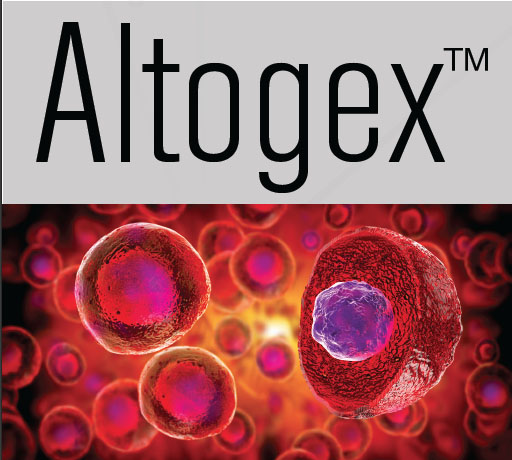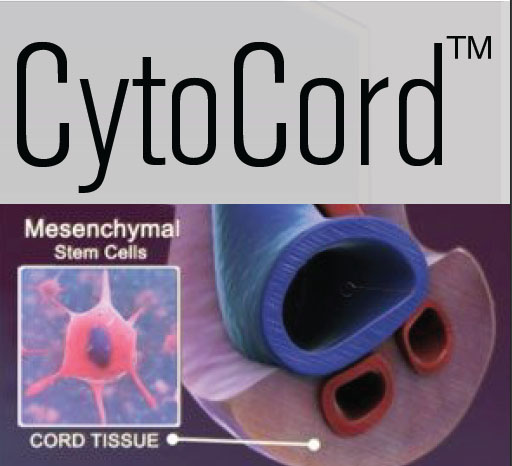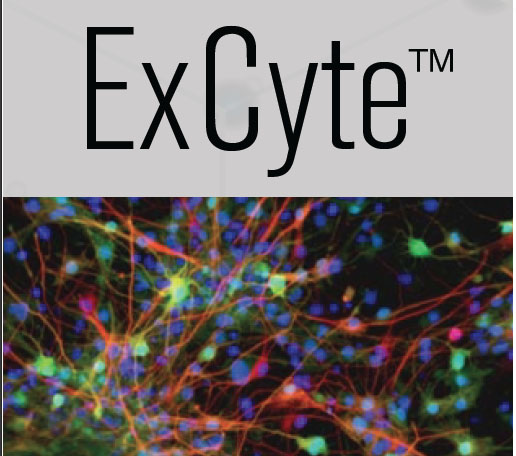Umbilical Cord blood Native Nuecleated cells (UCB-NNC)
Human cord blood native nucleated cells (HCBNNCs) are separated from umbilical cord blood using a proprietary protocol. HCBNNCs are screened for the expression of immune marker CD45 and their viability is assessed using Acridine Orange or DAPI staining and our state of the art fully automated cell counting machine. This highly purified population of cells makes it possible to further isolate specific and more rare populations, as well as additional downstream processes.
The Altogex Biotech™ fraction is a result of a validated technology composed of lymphocytes (T cells, B cells, and natural killer cells), monocytes, dendritic cells, and stem/progenitor cells. These cells are important cellular components of the immune system and essential in e ective humoral and cell-mediated immune responses. These cells are commonly used in basic science research as well as IND (Investigational New Drug)-approved clinical applications in the fields of immunology and infectious disease. The long-term goals of many of our customers include vaccine development and cellular transplantation.
Umbilical Cord Matrix/Wharton’s Jelly Nucleated Native product contains both growth factors and an assortment of cell types, including mesenchymal stem cells, epithelial cells, and endothelial cells. These cell types can secrete anti-in ammatory and immunomodulatory properties that can then be optimized to reach your clinical research needs.
All donors go through a rigorous screening process, as determined by the guidelines and regulations listed by the FDA and American Association of Tissue Banks (AATB). Maternal blood for the fresh umbilical cord tissue must be negative for HIV (Human Immunode ciency Virus), HBV (Hepatitis B), HCV (Hepatitis C), CMV IgM (cytomegalovirus antibodies), Syphilis, WNV (West Nile Virus), HTLV I/II (Human T-Cell Lymphotropic Virus Types I and II), and Chagas Disease. The consented umbilical cord ships to our cell manufacturing facility where primary cells are processed and analyzed. Parameters including cell phenotype, viability, purity, and cell count are checked to meet the FDA’s gold standard for biopharma companies, ensuring high-quality cells are characterized and purified.
Extracellular Vesicle
A leading provider of extracellular vesicle (EV)-related research products and services, you can rely on our expertise for proprietary highly concentrated EVs whether you are using our products for any downstream or upstream processes.
Until recently, exosomes were thought to simply be a cellular component responsible for o oading cellular waste. In the past ten years, cellular biologists have come to realize that exosomes, a type of extracellular vesicle, are in fact of enormous biological interest. Exosome release is a regulated process and these vesicles play a role in cell signal transduction. They may also be involved in tissue regeneration. Exosomes have been implicated in multiple diseases and disorders including cancer, cardiac dysfunction, in ammation, and an impaired immune response. Now, exosomes are considered as an exciting eld of cellular biology with possible real-world clinical applications.
These products and services are not intended to diagnose, treat, cure or prevent any diseases.



